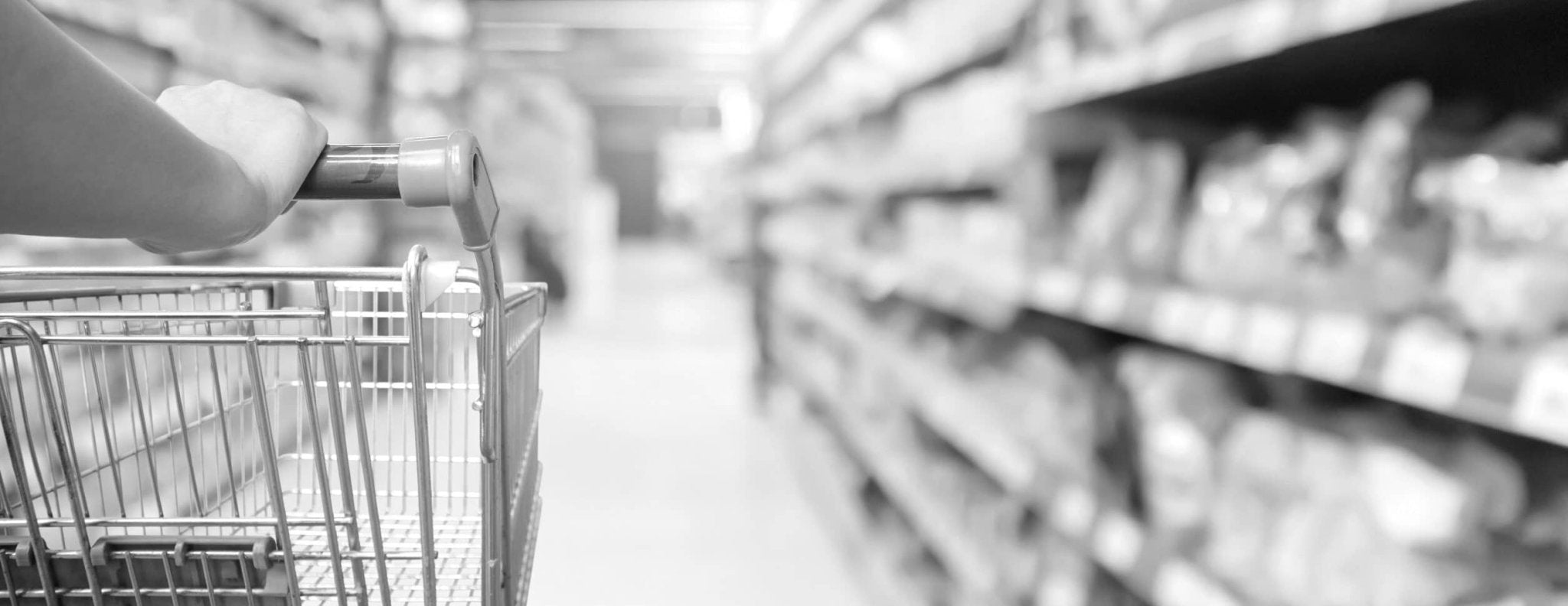How To Read Food Labels: The Basics
Food labels can be very tricky and confusing to understand. Who’s found themselves in the supermarket aisle comparing two products for what seems like forever and still not knowing the right one to choose? We all have!
And then there’s all the confusing information on the internet about which section to look at. Do we look for low carbs? Low sugar? Low salt? Low fat? Lowest calorie? Highest fibre? It seems like everyone has an opinion.
Truth be told, reading nutrition labels takes a little practice, but it’s worth it. We need to know what's in our food and what we’re putting into our bodies. Forget about just checking the calories, it’s a pretty poor snapshot of what’s in your food anyway. If what you choose ends up being the lowest calorie option, that’s great, but there’s a few things to consider first…
The Ingredients List
This list is in order from most to least present in the product. If sugar, hydrogenated vegetable oil, or other processed nasties are in the top 3 ingredients, find yourself an alternative.
Food companies will also go to extraordinary lengths to hide ingredients in our food. Be sure to know what your ingredients are. Remember ‘hydrogenated vegetable oil’ = trans fat. There are also many names of sugars that we often overlook in our foods because we don’t understand them.
Be sure to also keep an keen eye on additives and preservatives. Thankfully technology has made this very simple (you don’t need to memorise the 500+ names & numbers of them), you can simply check the safety of food additives and preservatives on your phone with apps such as Chemical Maze, Think Dirty, and Food Additives Checker.
The Nutrition Panel
This is where most of the confusion kicks in. We often go for the lowest calorie or the lowest sugar option and be done with it. But is it really our best choice? The thing about reading nutrition panels is to remember to think of our food as a whole. Our food is a complex system of nutrients and can’t be narrowed down to one singular factor.
For those who just want to know the basics of what to look out for when comparing nutrition labels, check these 3 things: Sugars, Fats (Saturated & Trans) and Sodium. The product with the lowest of all these 3 things is your best choice. Be sure to use the per 100g/100ml column to compare similar products instead of the ‘per serve’ column. Warning: Trans fat is often not listed on the nutrition panel, which can make it hard to choose the healthiest option, but remember the above and check for that hydrogenated vegetable oil in the ingredients list. You’re the expert now.
Of course, for those who want more guidance, here’s some pro tips:
Salt: To choose a lower-salt product, find one that has less than 450mg of sodium per 100g. If you want a proper low-salt product, opt for one with less than 120mg of sodium per 100g. Your heart will thank you!
Sugar: For sugar, the best policy is to look for products with less than 5g of added sugar per 100g. Remember that sugar is difficult to quantify in dairy and fruit products as they contain natural sugars. This is where your skills in reading the ingredients list will come in handy.
Fat: Healthier low-fat options have less than 5-10g of saturated fats per 100g.
Fibre: Although not all nutrition panels display fibre content, of those that do, look for the ones that contain more than 3g of fibre per 100g.
It may seem like a lot to remember, but practice makes perfect. Before you know it you’ll be a food label wizz. Good news is, if you’re eating a predominantly whole-food diet, you won’t actually need to read many food labels. But this is an important skill to learn and even teach your kids. As we said, we need to know what we’re putting into our bodies.


Comment (1)
Thank you for your sharing. I am worried that I lack creative ideas. It is your article that makes me full of hope. Thank you. But, I have a question, can you help me?